Discovering Cultural Debris; Paying Deep Attention to People and Place
About the Author: Tom Ruby
Tom Ruby is CEO of Bluegrass Critical Thinking Solutions. With a decade of corporate small business consulting experience, he looks forward to helping you take your time back and balance your inherent desire to work on the details with your real need to focus on corporate vision. A retired Air Force Colonel who served 26 years on active duty in positions from Squadron Intelligence Officer to Director of Special Programs with a $4 billion annual program portfolio, he carefully crafted expertise in strategic planning, program management and leadership development. He was Associate Dean of the Air Command and Staff College where he developed exchange programs with the NATO School, the French École Militaire, the German General Staff College and Poland’s National Defense University. He served on General Petraeus’ Joint Strategic Assessment Team as well as in three combat deployments. He holds a PhD in Political Science from the University of Kentucky, and actively mentors graduate students through the American Political Science Association. He is widely published and speaks globally on topics from critical thinking, to leadership, to strategy, to morality in warfare.
Related Posts
This site uses Akismet to reduce spam. Learn how your comment data is processed.


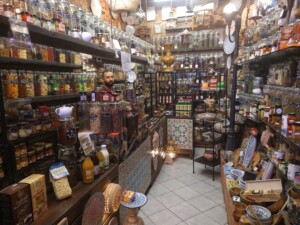
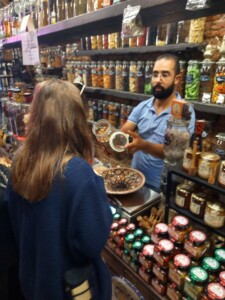
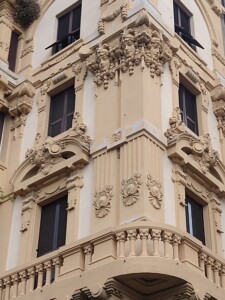
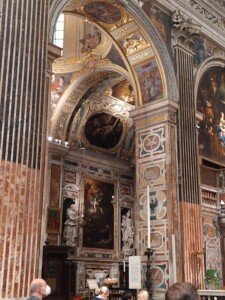
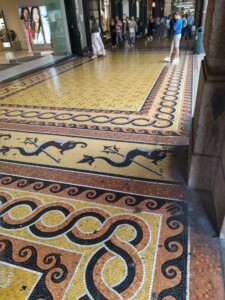
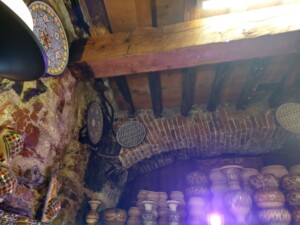
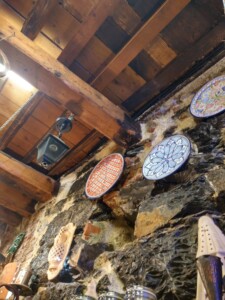
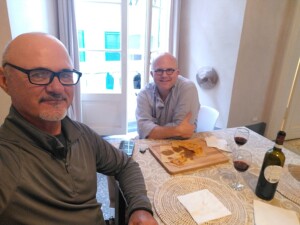

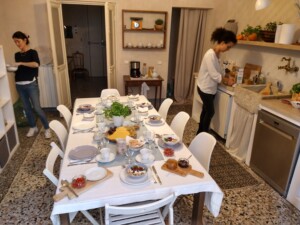

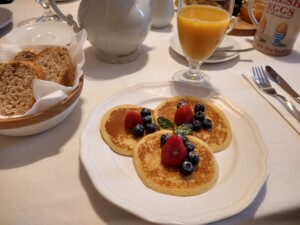
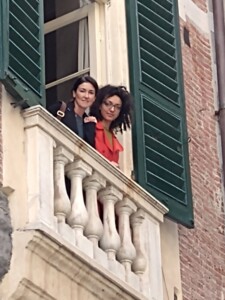

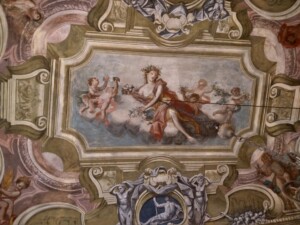

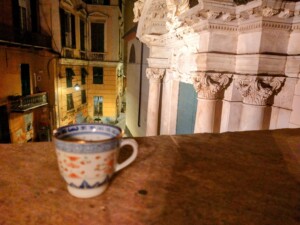

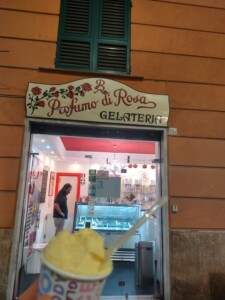
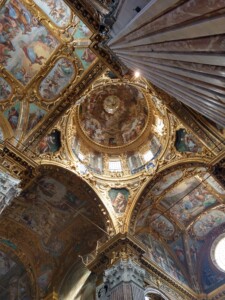
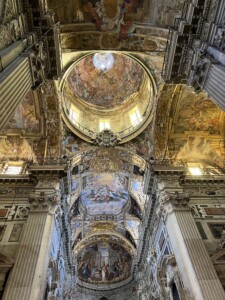
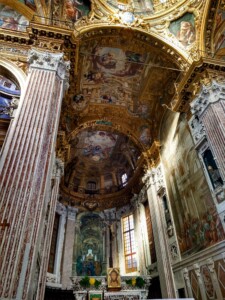
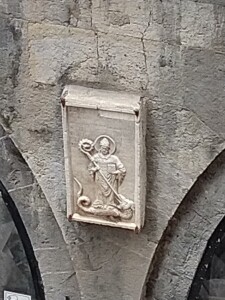
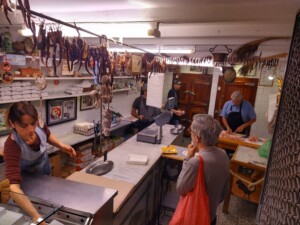
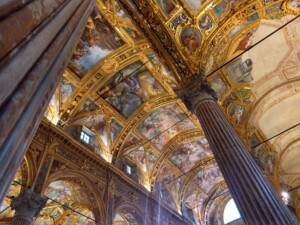
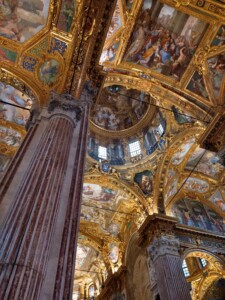



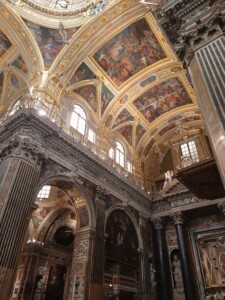

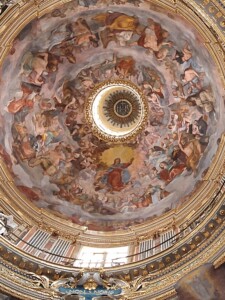

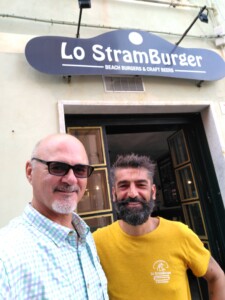
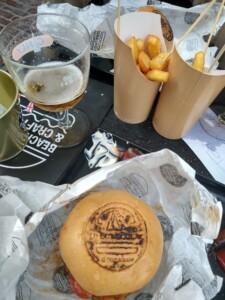
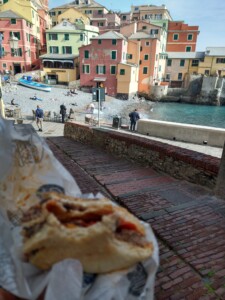
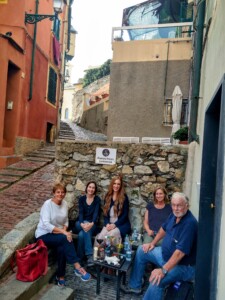
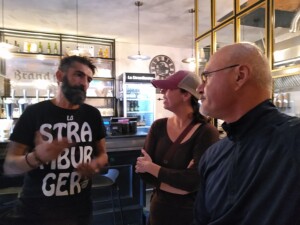
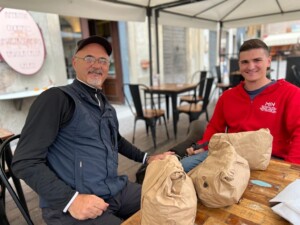



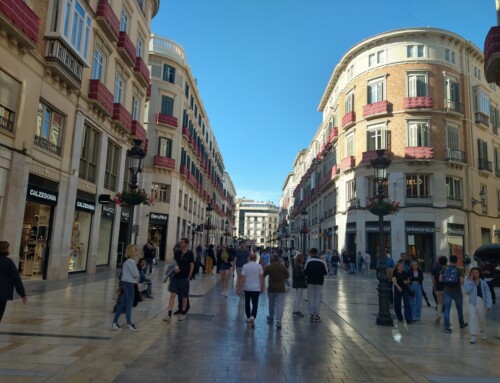
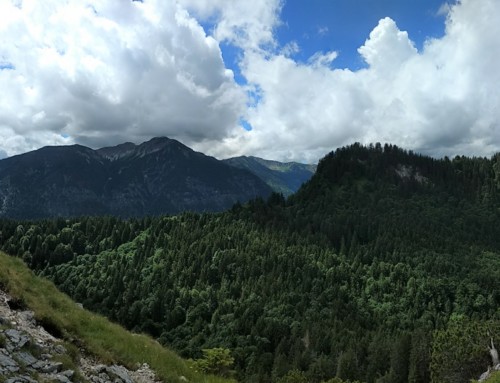
Leave A Comment